Welsh Currant Scones
Jump to the recipe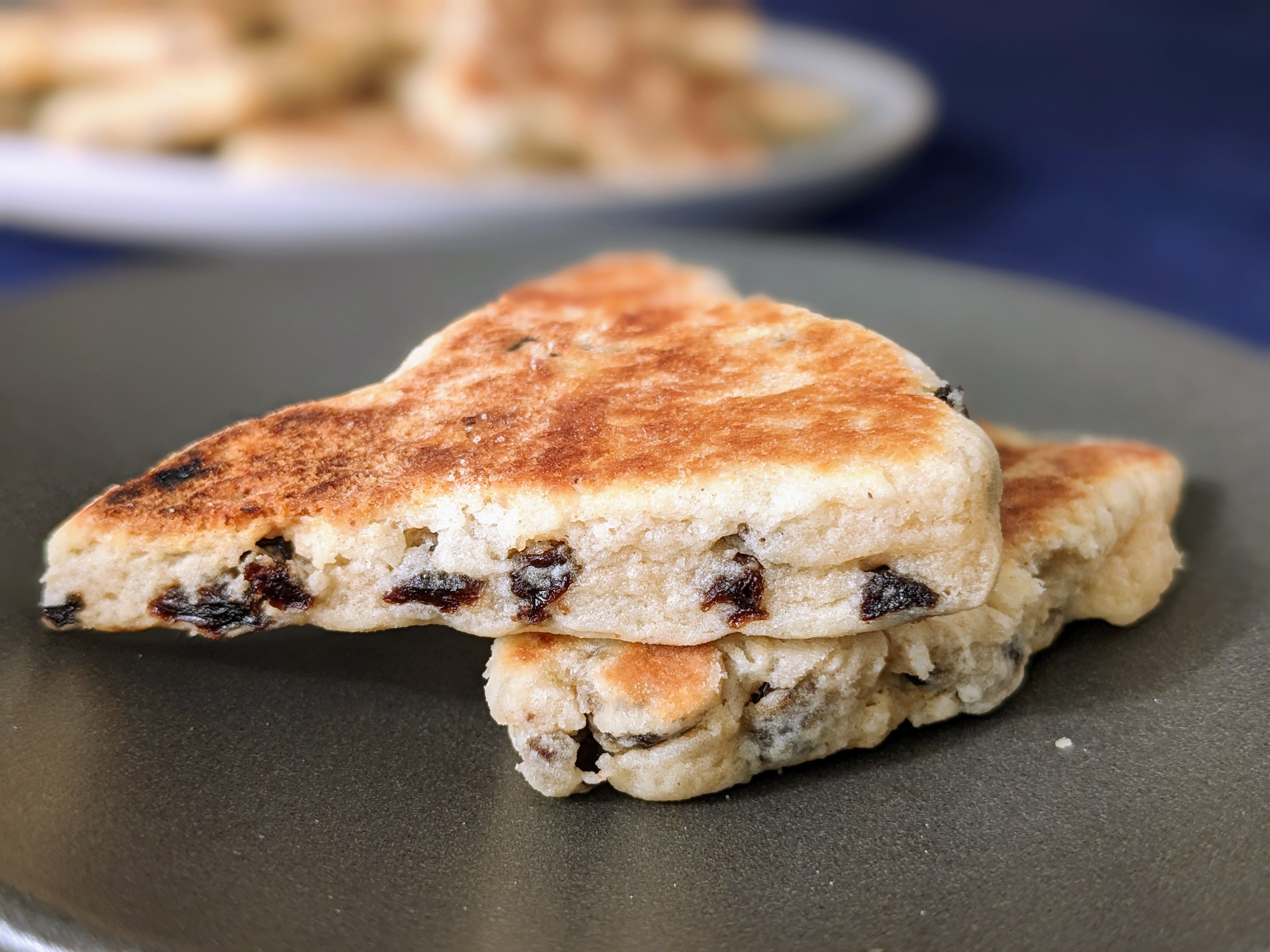
And just 7 years later, I'm back! I never consciously made the decision to stop posting recipes here, but life happened and it didn't seem possible to find the time to fit it in. Posts were already extremely few and far in between and it just got to a point where I felt like I didn’t have a moment to spare to spend time on a food blog.
So what changed? Well, my daughter is almost 9 (WHAT?), and I've realized I do have a little more time IF I consciously carve it out. Figuring that out will be a work in progress, but it seems worth it.
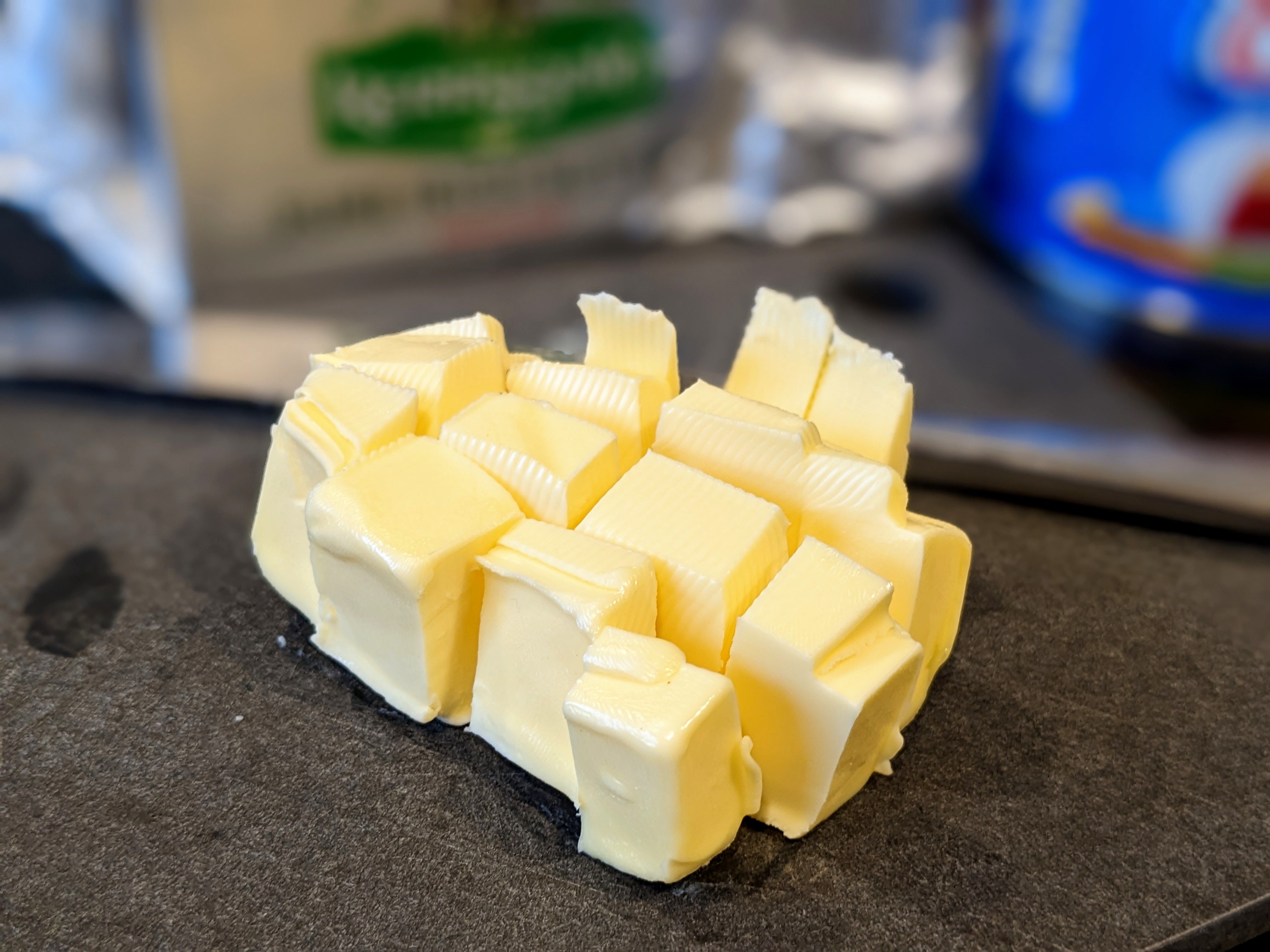
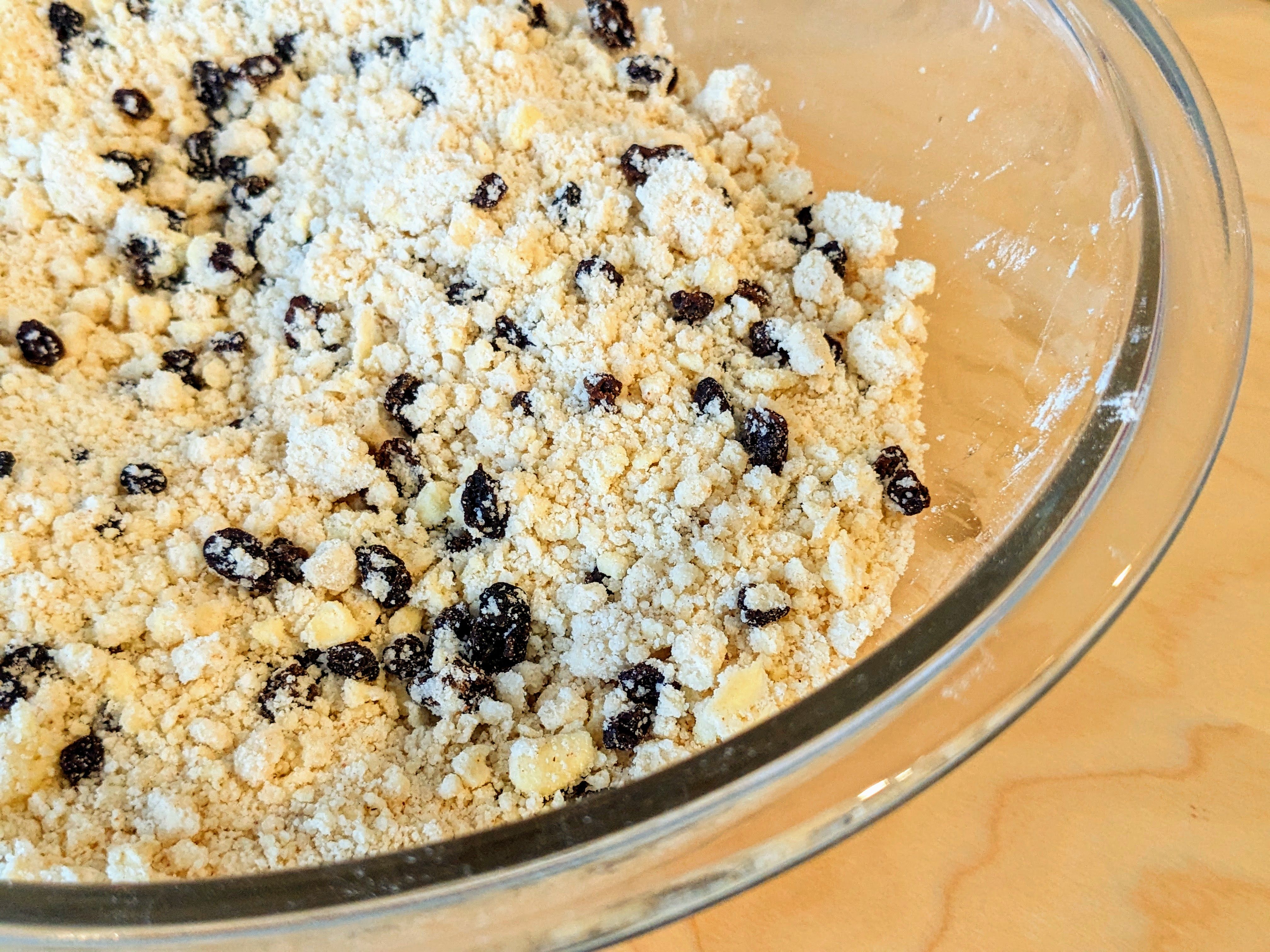
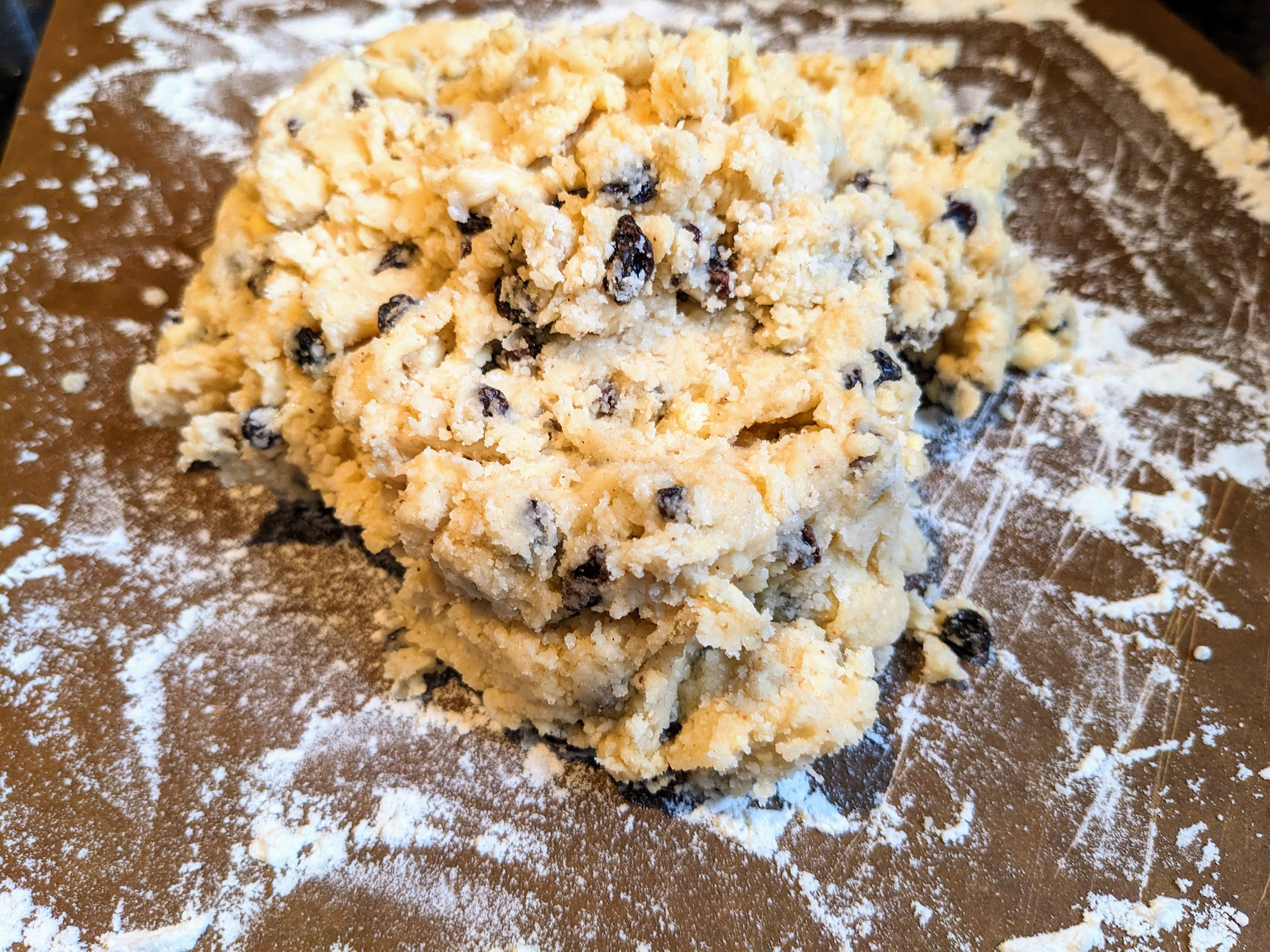
Two other things happened to help bring this blog back to life. First, my brother-in-law, Mark, transferred Pixelated Crumb to a new platform. Posts no longer take hours to load (only a slight exaggeration). There's still some work to do around look and feel, but the new platform and its lightning speed load times feels so momentous. Being able to quickly get to a recipe and seeing the pictures I took such time and care to take pop up so quickly gives me a little tingle every single time.
And that leads me to the second thing, a realization of how much I appreciate being able to easily access some of my favorite recipes. Well, not just access them, but sometimes just to remember they exist in the first place! I hope I'm not the only one who will have a favorite recipe that they make once a month or so only to forget about it altogether after a year or so.
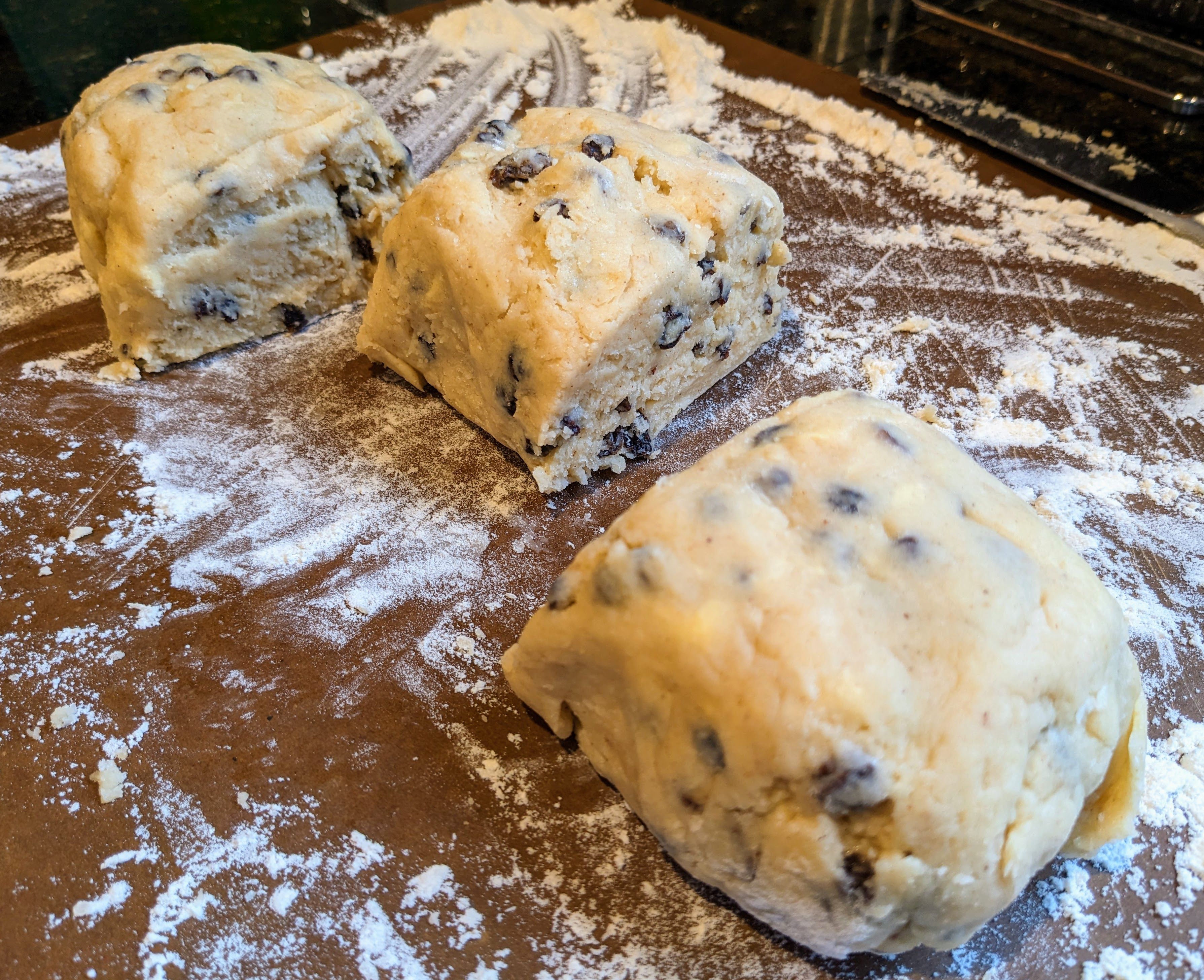
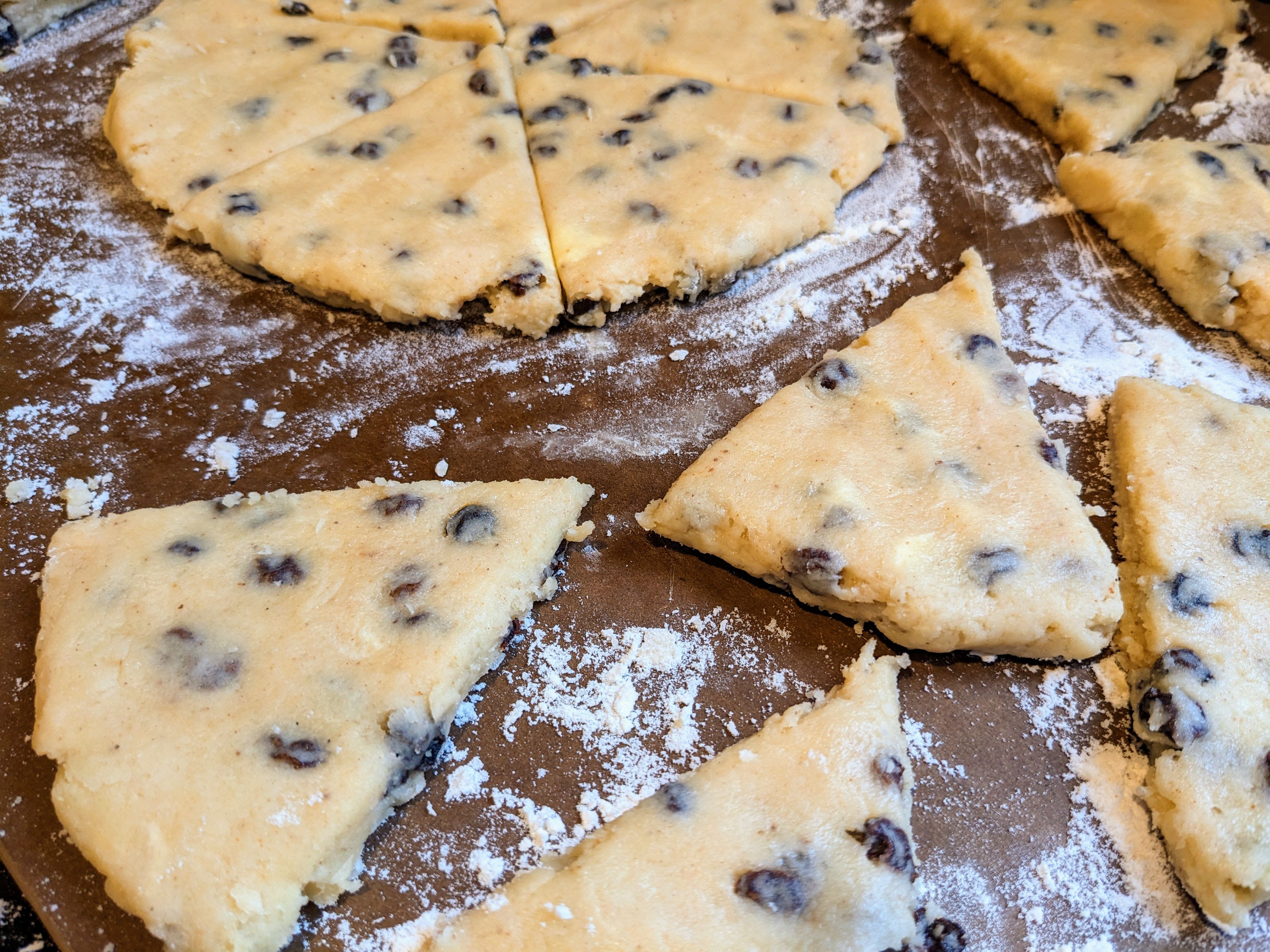
Which leads me, at last, to today's recipe! While Saint Patrick's Day to people in the US may conjure thoughts of beer (green or otherwise), whisky, cabbage and potatoes, or possibly just a question of why we celebrate the day at all, for me, it's these scones.
For most of my life I've thought that this recipe came from a cookbook my mom got in Ireland, but I learned yesterday (!!) that it's from a Woman's Day magazine from 1988! Shocking. The magazine did a feature on scones and this is the only one my mom ever made. She says that they taste just like the ones she had on her trips to Ireland. Unfortunately I have yet to go, so I couldn't actually tell you. Someday I'll get to cross that off my list.
My paternal grandfather was deeply proud of his Irish roots, something that was passed on to my sister and me and we took St. Patrick's Day very seriously. We always had these for dinner on St. Paddy's Day (yes, Paddy not Patty) alongside the colcannon and beef stew my mom made. To be honest, as a kid I wasn't a fan of the cabbage or the stew, and I may have been somewhat bitter that I was the only one at the table who had never been to Ireland, but I sure did love the scones.


I still make these scones every year for St. Paddy's Day and my method for finding the recipe for the past several years has been to go to my email and search for this long email chain with my mom. Half of the emails are just me forwarding the photo of the recipe to myself so it pops up at the top of my email. There’s me, asking for the recipe, then a few years later my mom saying, "sending this just in case!" a few days before St. Paddy's Day. Sometimes I forward it to a friend. But always, it's mid-March. Next year, for the first time, I'll just come here to get the recipe and thanks to Mark, it's going to pop up at top speed.
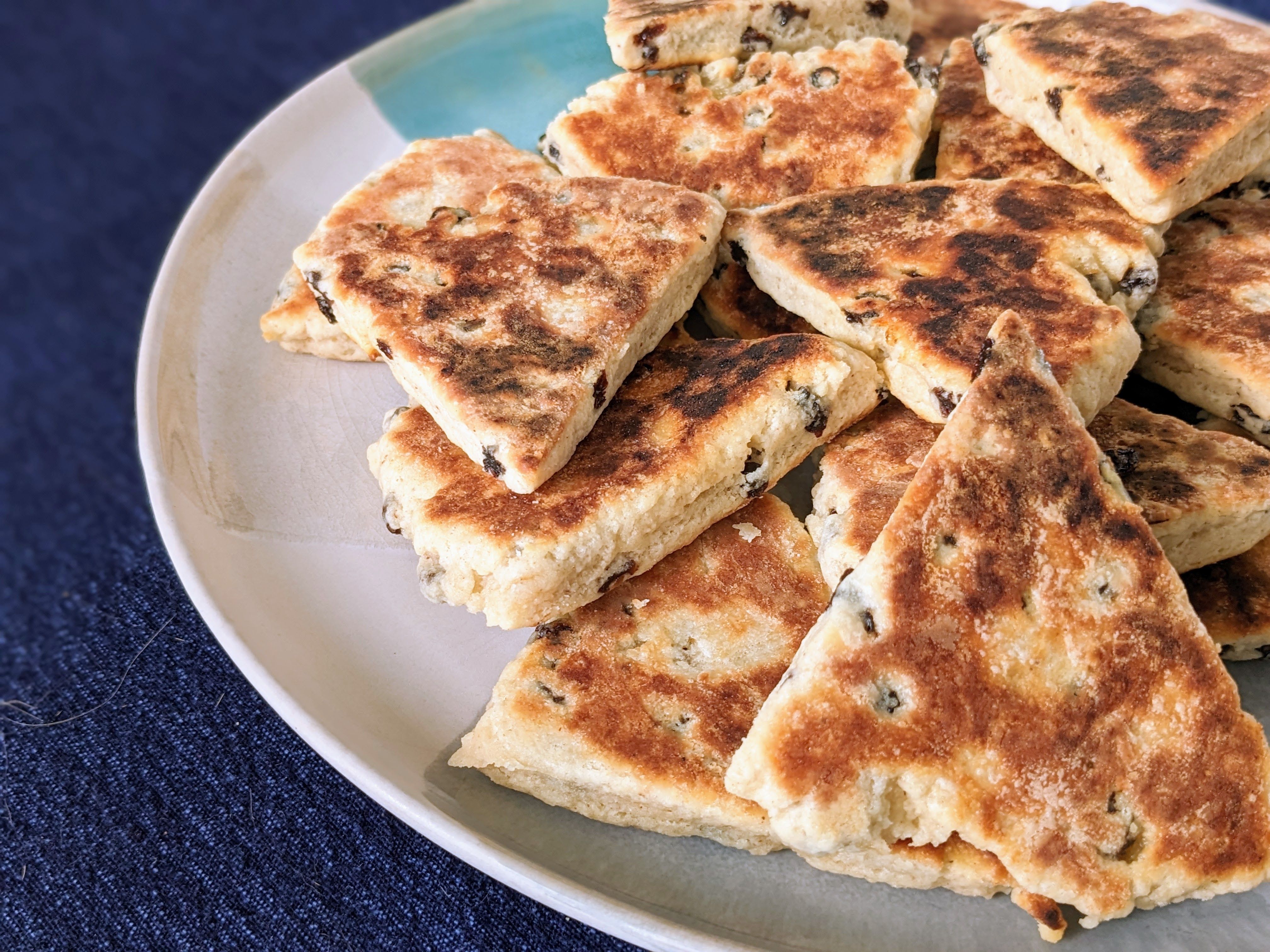
You might pause at the mention of shortening. Yes, these scones use a blend of butter and shortening, and no, you can't sub out the shortening. Truly, it does the most wonderful things for the texture. Unlike butter, shortening has no water content. It coats the flour and shortens the gluten making the scones soft and tender. It traps more air bubbles and has a higher melting point than butter, so it helps the scone hold its shape and gives them their wonderful texture. Using butter alone in this recipe would result in a greasy, flat slab.
The butter/shortening blend makes for a tender, almost melt-in-your mouth texture that is unlike any other scone I've had. Don't get me wrong, I love a properly executed thick, flakey scone (if you haven't tried the one from Cooks Illustrated, you must!). But these lush, golden-crusted scones speckled with tart currants are a St. Patrick's Day tradition I will never get rid of.
Of course these delicious scones can be made any time of year. In fact, I’m sure this is the year I start making them more often. My daughter LOVES them and it's so nice to have a real help in the kitchen, opposed to the "help" younger kids give that just makes more work for you. And just because these scones are a family tradition on March 17th, there's no need to save them for only once a year. I hope that you try them and enjoy them as much as we do.

Welsh Currant Scones
Adapted from Woman's Day Magazine, May 10, 1988
Growing up my family always had these scones with dinner on St. Patrick's day alongside the colcannon and beef stew my mom made. Nowadays we eat them for breakfast, which is a lovely way to start the day.
The scones cook on a griddle, not in the oven like other scones. Make sure that you start heating the griddle early so it heats evenly and the scones cook evenly. Don't try to rush it along by heating it too high as cooking these on too hot of a skillet will give you a burnt outside and raw middle (I make the mistakes so you don't have to).
Adjust the sugar to your taste, I always go with the lower amount. Make sure to add the currants after cutting in the butter and shortening but before you add the liquids–I’ve been known to forget this step. They’re best warm from the skillet, but reheating them in a toaster oven is almost as good.
Ingredients
2 cups (8.5 oz or 420g) all-purpose flour
1/3 cup sugar (2 1/4 oz or 66g) (increase to 1/2 c for sweeter scones)
1 teaspoon baking powder
1/2 teaspoon fine sea salt
1/2 teaspoon ground nutmeg
1/2 cup vegetable shortening
4 tablespoons (2 oz or 56g) unsalted butter, very cold and cut into small pieces
1/2 cup dried currants
1 large egg
1/3 cup milk
Directions
- Heat an ungreased griddle or heavy skillet over medium-low heat, or around 325 degrees if you're using an electric griddle or induction cooktop.
- Combine flour, sugar, baking powder, salt, and nutmeg in a large bowl. Whisk to combine thoroughly. Add the butter and shortening and, using a pastry blender or two knives, cut them in until the mixture forms small crumbs. Add the currants; toss to distribute evenly.
- Use a fork to beat egg and milk. Pour over the flour mixture and use the fork to combine until a soft dough forms.
- Turn dough onto lightly floured surface and knead gently till no loose crumbs remain. Form the dough roughly into the shape of a log and cut into 3 equal portions. Use your hands to grently pat each into a circle about 6 inches in diameter. Cut each circle into 6 wedges.
- Space scones out on the griddle and cook till medium-brown, 3-4 minutes on each side. Serve warm.